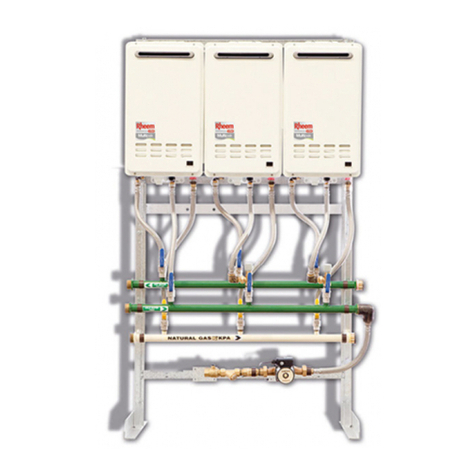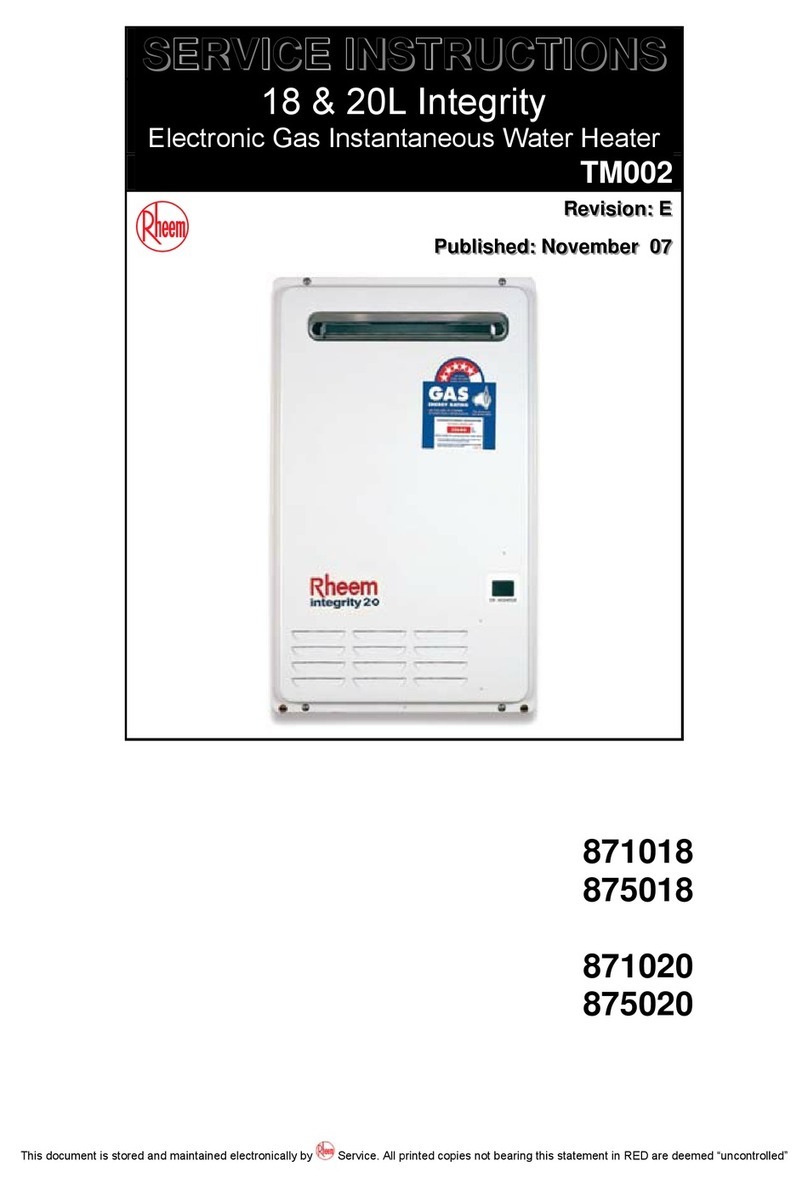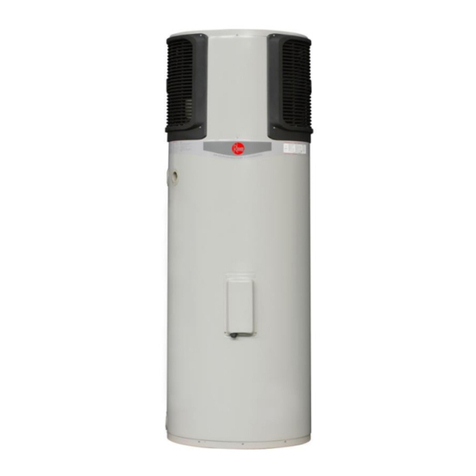Rheem Rheem RH-EVR Series User manual
Other Rheem Water Heater manuals
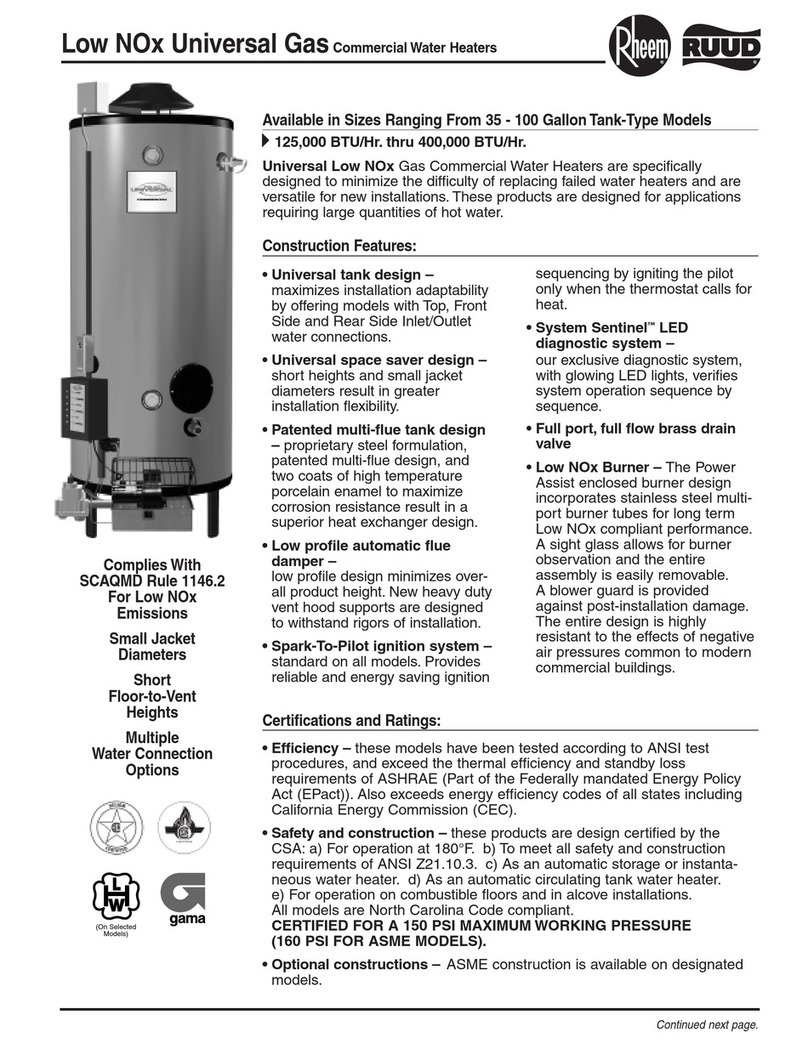
Rheem
Rheem Low NOX User manual
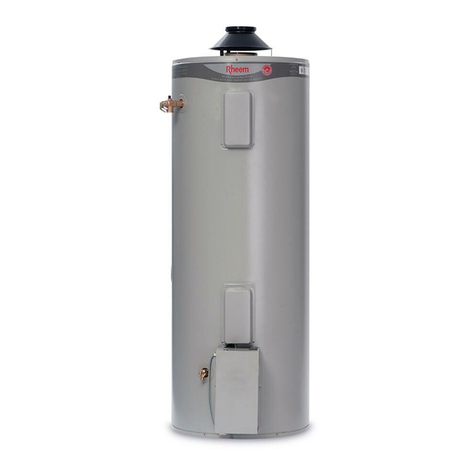
Rheem
Rheem Gas Heavy Duty Water Heater Models 265 Litre and 275... Technical Document

Rheem
Rheem GHE80SU User manual
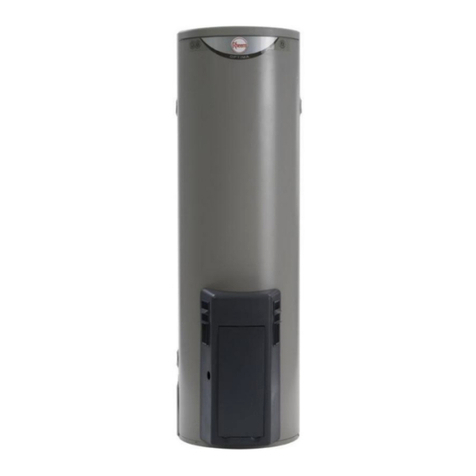
Rheem
Rheem 850 Series Technical Document

Rheem
Rheem Marathon CMR50245 User manual

Rheem
Rheem Raypak 408A User manual
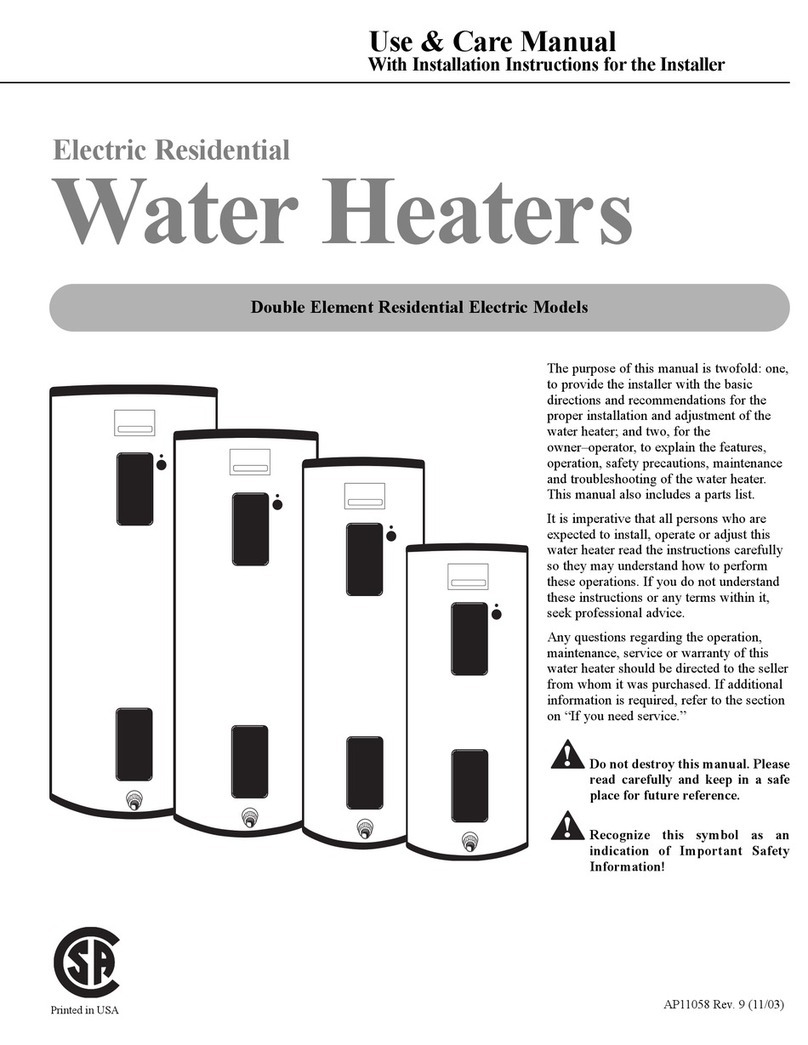
Rheem
Rheem Double Element Residential Electric Models User manual
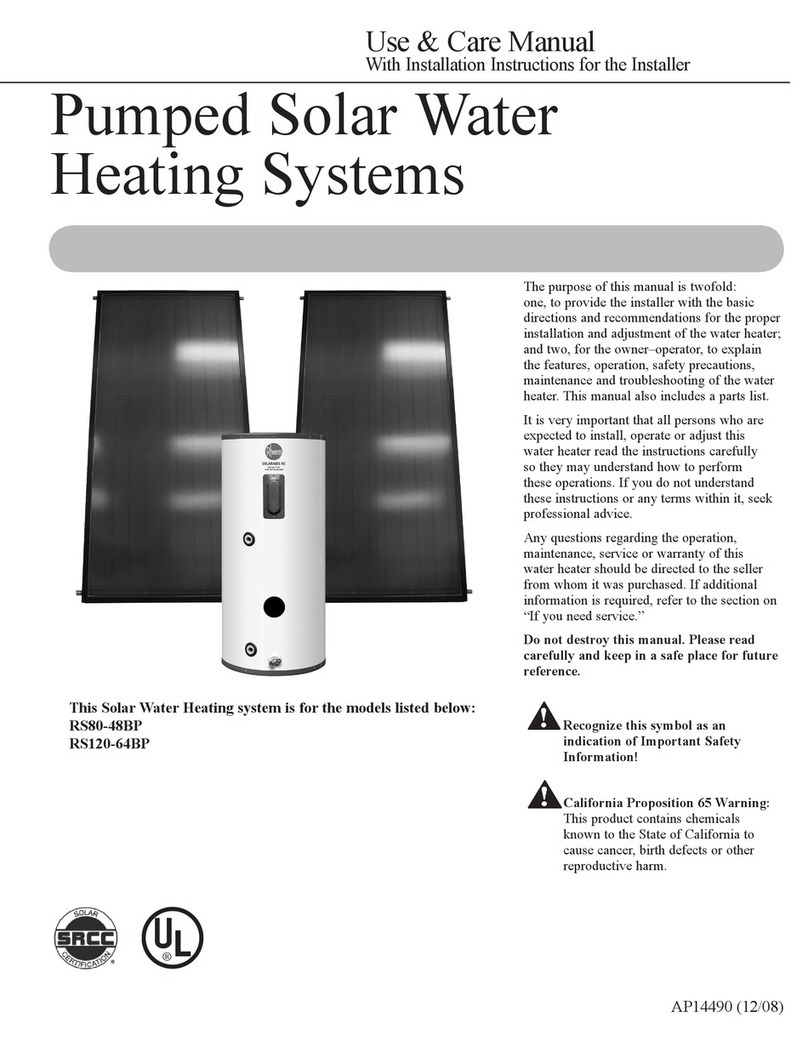
Rheem
Rheem RS120-64BP User manual
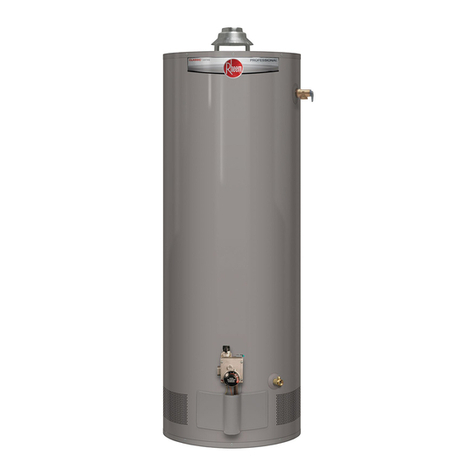
Rheem
Rheem PROG50-38N RH60 User manual

Rheem
Rheem 199,000 Btu/hr User manual
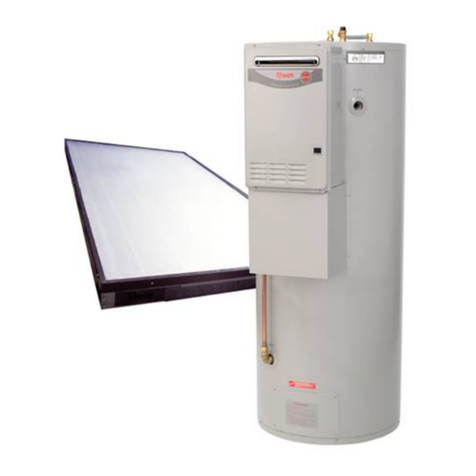
Rheem
Rheem Premier Loline TM024 Operating instructions
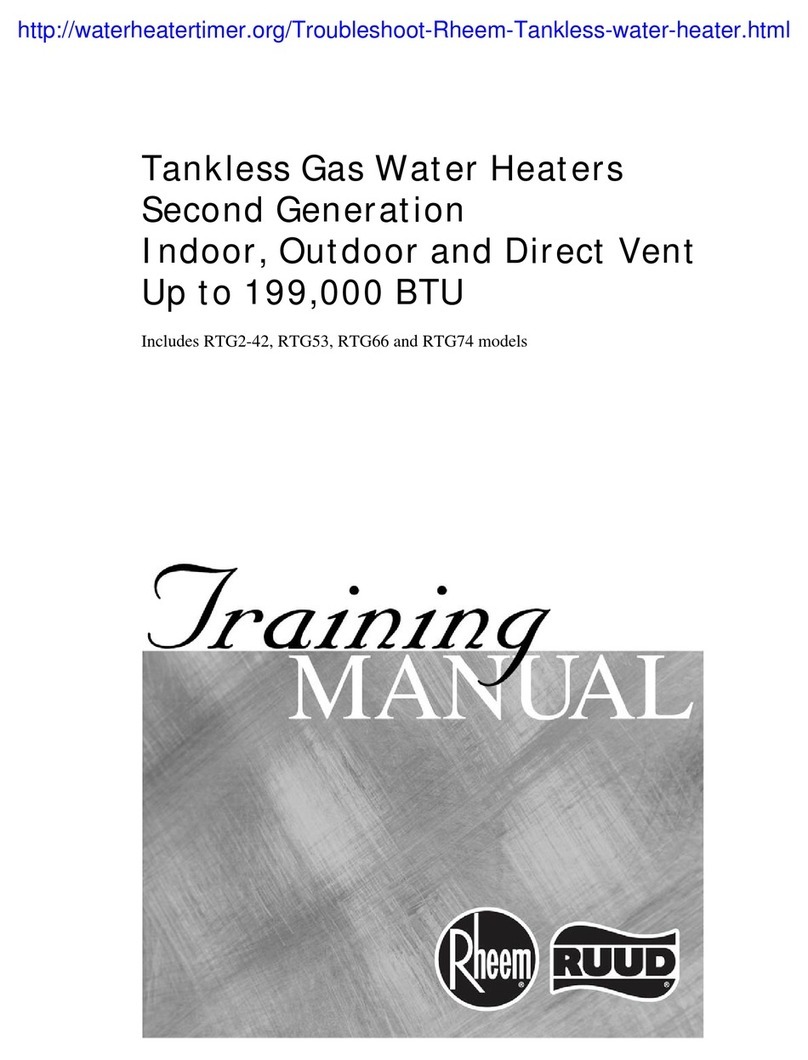
Rheem
Rheem RTG2-42 Programming manual
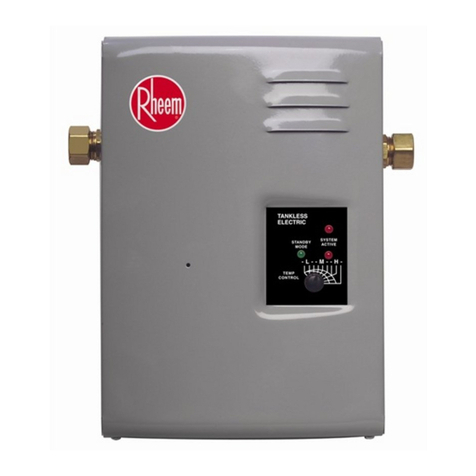
Rheem
Rheem RTE 3 User manual
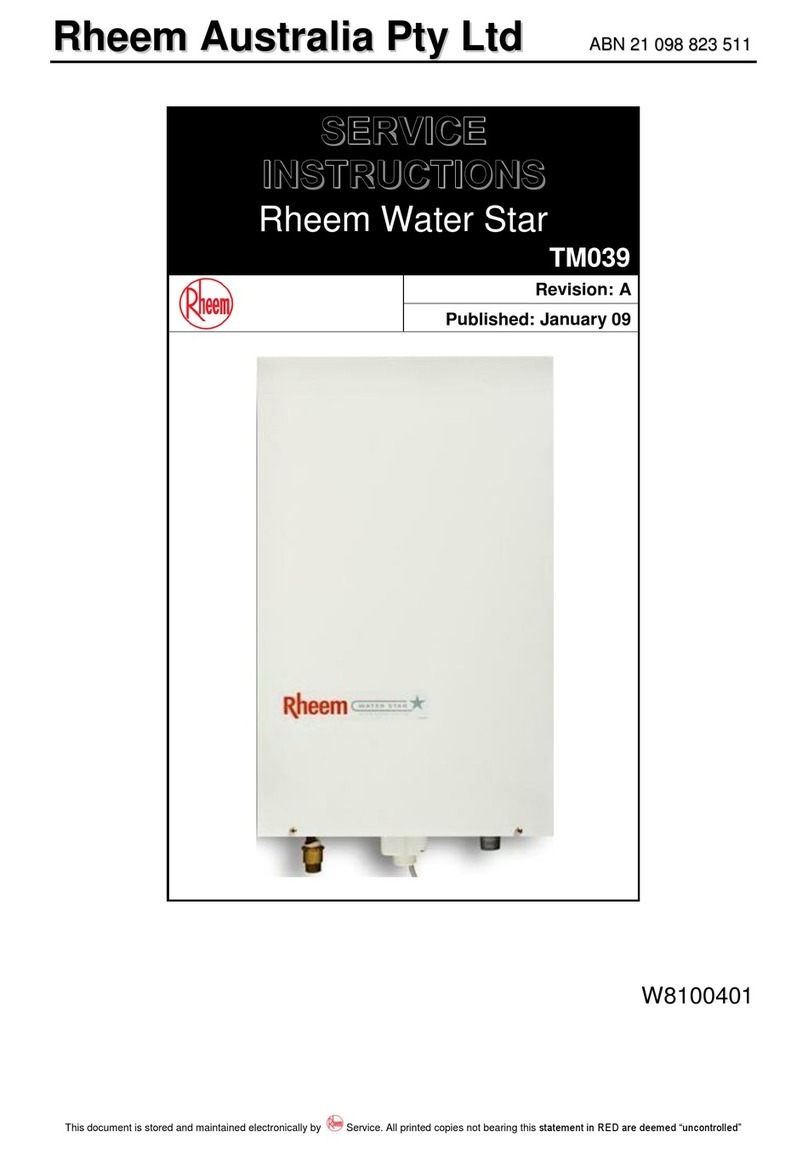
Rheem
Rheem TM039 Operating instructions
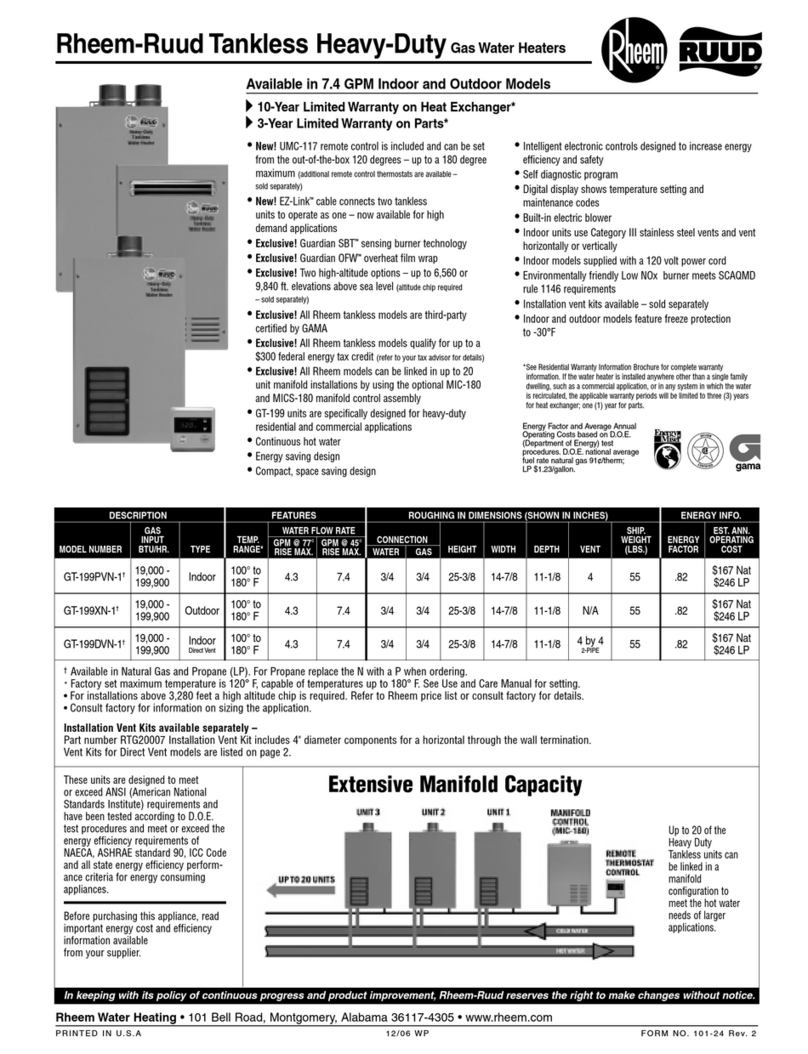
Rheem
Rheem Ruud GT-199DVN-1 User manual
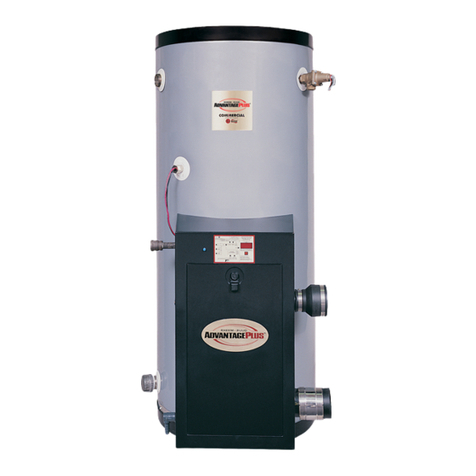
Rheem
Rheem AdvantagePlus HE55-100N User manual

Rheem
Rheem PowerVent Commercial Gas Water Heater User manual
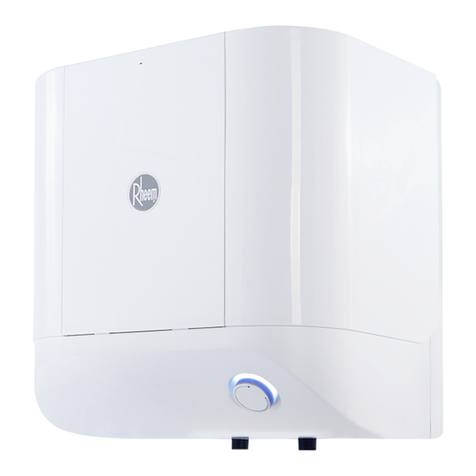
Rheem
Rheem XWELL XC-10 Technical Document
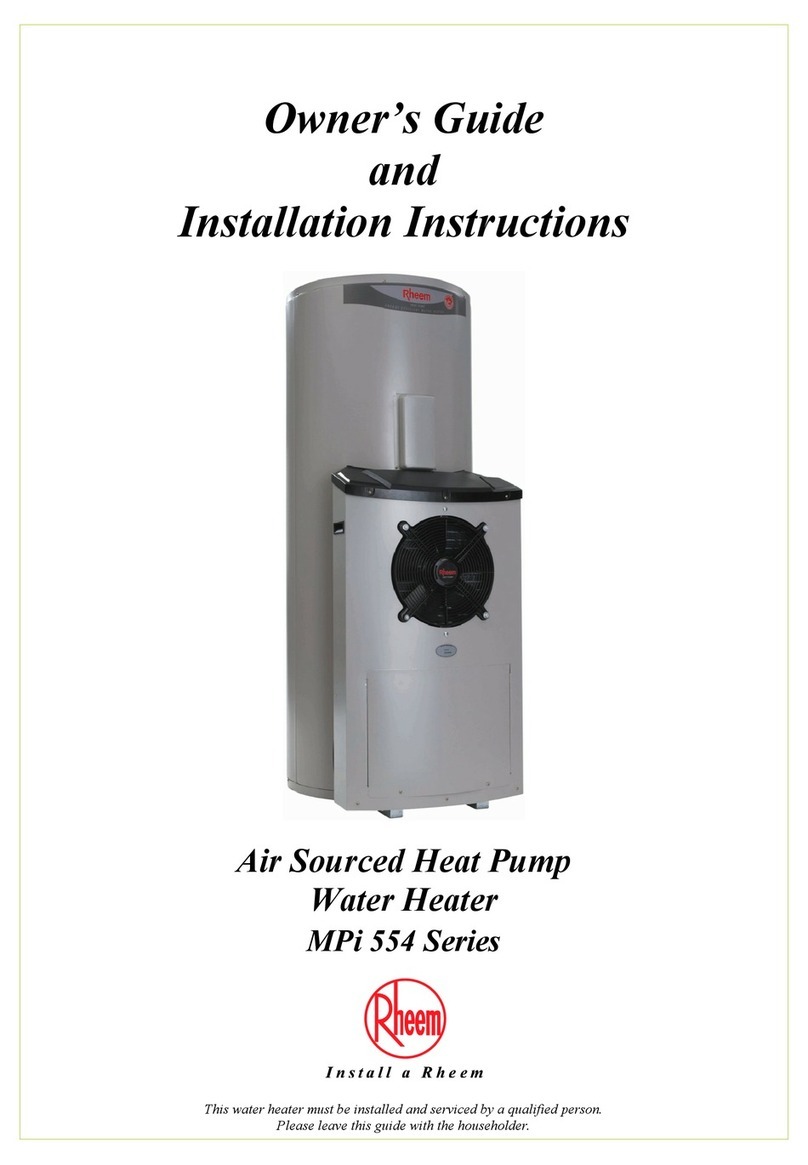
Rheem
Rheem MPi 554 Series Technical Document

Rheem
Rheem 86H-25 Installation guide
Popular Water Heater manuals by other brands

clage
clage German pool CEX13 operating instructions

Noritz
Noritz proTough NR98SV installation manual

DeDietrich
DeDietrich KALIKO TWH 200 EV Installation and service manual

veito
veito FLOW Installation and operating instructions

ICI Caldaie
ICI Caldaie COSMOGAS AGUATANK 150 Instructions for installation, use and maintenance manual

Savio
Savio Laser 11 A Instruction manual for installation and use

Kenmore
Kenmore 153.582400 Use & care guide

STIEBEL ELTRON
STIEBEL ELTRON Eltronom SHU 5 S Operating and installation instructions

clage
clage E-Mini Series Operating and installation instructions

Solar
Solar SunX 317365-002 instruction manual

Bradford White
Bradford White EF Series Service manual

Dimplex
Dimplex ECSd125-580 Installation and user instructions

Dux
Dux 32FCR6N installation manual

Noritz
Noritz N-132M Owner's guide and installation manual

TESY
TESY GCV7/4S 10047 Instructions for use and maintenance

A.O. Smith
A.O. Smith Gphe 50 instruction manual

Rinnai
Rinnai REP199i Installation and operation manual

Toyotomi
Toyotomi Oil Miser OM-148 (Type D) Operation and maintenance instructions
